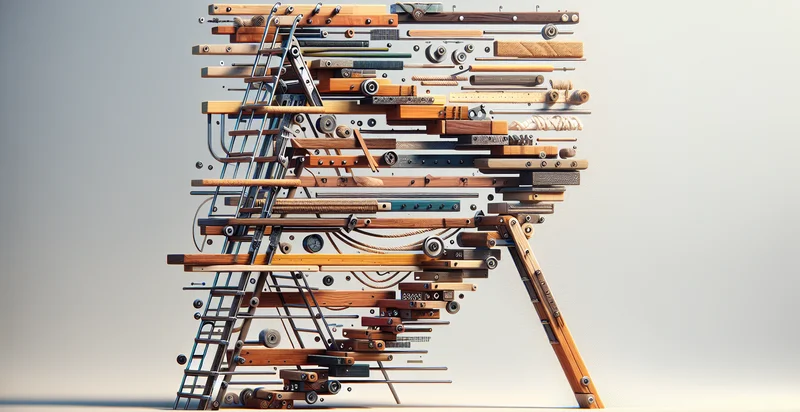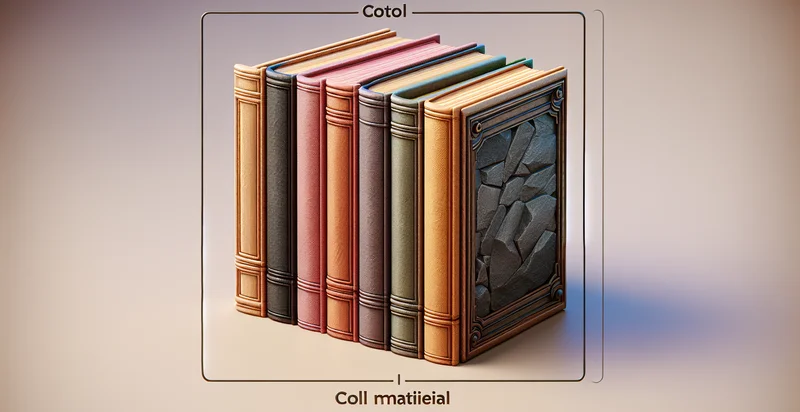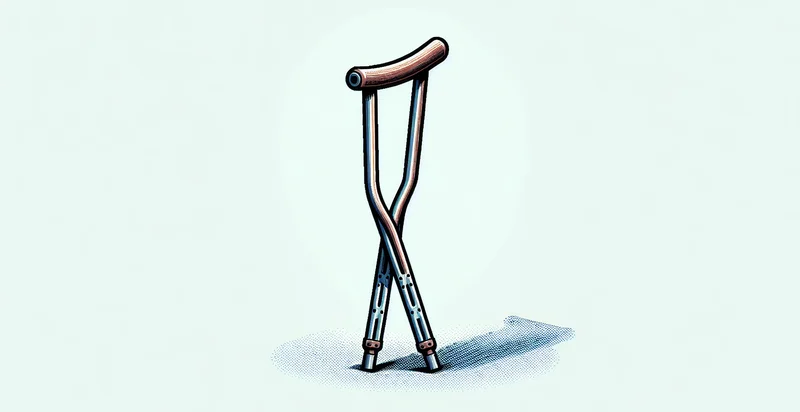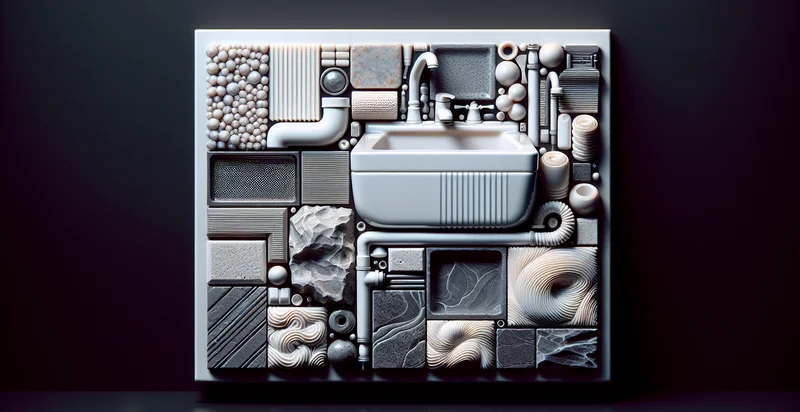Identify what material a ladder is made from
using AI
Below is a free classifier to identify what material a ladder is made from. Just upload your image, and our AI will predict what material a ladder is made from - in just seconds.

Contact us for API access
Or, use Nyckel to build highly-accurate custom classifiers in just minutes. No PhD required.
Get started
import nyckel
credentials = nyckel.Credentials("YOUR_CLIENT_ID", "YOUR_CLIENT_SECRET")
nyckel.invoke("what-material-a-ladder-is-made-from", "your_image_url", credentials)
fetch('https://www.nyckel.com/v1/functions/what-material-a-ladder-is-made-from/invoke', {
method: 'POST',
headers: {
'Authorization': 'Bearer ' + 'YOUR_BEARER_TOKEN',
'Content-Type': 'application/json',
},
body: JSON.stringify(
{"data": "your_image_url"}
)
})
.then(response => response.json())
.then(data => console.log(data));
curl -X POST \
-H "Content-Type: application/json" \
-H "Authorization: Bearer YOUR_BEARER_TOKEN" \
-d '{"data": "your_image_url"}' \
https://www.nyckel.com/v1/functions/what-material-a-ladder-is-made-from/invoke
How this classifier works
To start, upload your image. Our AI tool will then predict what material a ladder is made from.
This pretrained image model uses a Nyckel-created dataset and has 10 labels, including Aluminum, Carbon Fiber, Composite, Fiberglass, Metal, Plastic, Rubber, Steel, Vinyl and Wood.
We'll also show a confidence score (the higher the number, the more confident the AI model is around what material a ladder is made from).
Whether you're just curious or building what material a ladder is made from detection into your application, we hope our classifier proves helpful.
Related Classifiers
Need to identify what material a ladder is made from at scale?
Get API or Zapier access to this classifier for free. It's perfect for:
- Material Quality Assessment: This function can be employed in quality control processes to determine the material composition of ladders during manufacturing. By ensuring that materials like aluminum, fiberglass, or wood meet specific standards, companies can maintain product integrity and safety compliance.
- Inventory Management: Retailers can utilize this image classification function to categorize ladders in their inventory based on material. This will enhance warehouse efficiency and assist in quickly retrieving products for customer orders or restocking.
- Safety Inspection Reports: Inspectors can leverage this classification tool to document the material of ladders being examined. This information is crucial for assessing compliance with safety regulations, as certain materials may be more appropriate for specific applications and safety conditions.
- Market Analysis: Businesses can use the image classification function to analyze market trends related to ladder materials. Understanding which materials are favored can inform strategic decisions regarding product development, marketing strategies, and competitive positioning.
- Customer Support Assistance: Customer service representatives can use this classification tool to assist consumers in identifying the material of their purchased ladders. This can help address inquiries about material-specific care or replacement parts, enhancing customer satisfaction and loyalty.
- Educational Tools: This function can be integrated into educational programs to teach students about different materials used in construction and their respective properties. By identifying materials in ladder images, students can gain hands-on learning experiences about material science and engineering.
- Augmented Reality Applications: Businesses developing AR applications can incorporate this function to give users real-time information about ladder materials when they scan them with their devices. This can support consumers in making informed purchasing decisions by providing insights into the benefits and limitations of different ladder materials.


